If there’s one automotive feature drivers are willing to sound off about it’s the humble car horn. Some people use them, others use them far too liberally. But behind this debate is the fact that car horns are important safety features. They allow drivers to alert pedestrians and other motorists of their presence, hopefully avoiding any injury or damage.
For nearly as long as there have been automobiles, there have been car horns – and the tool’s simplicity means it hasn’t changed too much since. But that doesn’t preclude the history of the car horn from having its share of noteworthy developments.
The History of the Car Horn: Early Car Horns
Car horns were important features on early automobiles. In fact, the biggest change in the car horn since its inception isn’t the feature itself, but in how it’s used. While these days, excessive car honking is considered déclassé, it was polite to use one’s horn in the early 20th century.
“You were expected to honk your horn if you were coming up on pedestrians, to let them know you were bounding down the street,” Matt Anderson, curator for transportation at the Henry Ford museum, told Car and Driver magazine. “You’d be thought rude if you weren’t using your horn, which is the exact opposite of where we are today.”
The first car horns came in three different varieties. Air horns had a plastic bulb the driver could squeeze to emit a sound. Exhaust horns consisted of cuts made into exhaust pipes that elicited a sound similar to a steam engine. Finally, there were electric horns, which are most like what we have today.
The Klaxon Horn
One of the first pioneers of car horn manufacturing was Miller Reese Hutchison. In the early 1900s, the inventor became inspired to create an improved horn after nearly hitting a pedestrian while driving. Hutchison believed car horns should elicit a louder, harsher noise, which is precisely what his invention, the klaxon horn, did. If you’ve never heard of the klaxon horn you’ve almost certainly heard its famous “ahooga” sound.
The klaxon horn became almost immediately ubiquitous on roadways since it was affixed to most Model T’s. It remained the prominent horn of automobiles even as Ford transitioned to the Model A. Eventually, by the 1930s, the klaxon was replaced by electric horns.
Did You Know? Just a few years before the klaxon, Hutchison invented the first portable electrical hearing aids, called Acousticons. This led to none other than Mark Twain joking, “Hutchison invented the Klaxon horn to deafen people so they would have to buy Acousticons.”
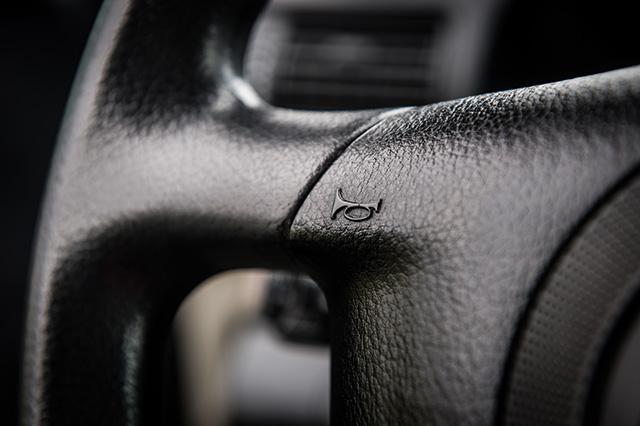
How Car Horns Work
Truth be told, the car horn is one automotive feature that hasn’t evolved much over the decades. There have been some changes in look and sound, but the science has remained about the same.
When a driver pushes down on the horn, an electric current travels through a coil to an electromagnet, creating a magnetic field. This field causes a metal diaphragm to flex. Once in this flexed position, contact points disengage and the current flow stops, causing the diaphragm to return back to its flat position and the cycle is repeated. This process continues as long as the horn is being pressed. The vibrations made by the oscillating diaphragm produce the horn sound.
Did You Know? Most of today’s car horns emit a sound of approximately 100-110 decibels.
Modern Car Horns
While the science remains the same, automakers are making slight adjustments to the car horn in order to satisfy the ever-growing and ever-changing automobile market. For instance, GM makes its diaphragms out of tungsten instead of steel because the former lasts longer. This is particularly important in Asia, where drivers tend to honk more often and drive over more rough roads, two factors that can cause horns to wear out.
Some companies are also swapping out copper wires for aluminum, a lighter material that improves a vehicle’s all-important fuel efficiency.
How do you feel about car horns? Do drivers use them too much or maybe not enough? Let us know in the comments below.
Now that you know about the history of the car horn, learn the backstories of other automotive features at AAA.com.
33 Thoughts on “The History of the Car Horn”
Leave A Comment
Comments are subject to moderation and may or may not be published at the editor’s discretion. Only comments that are relevant to the article and add value to the Your AAA community will be considered. Comments may be edited for clarity and length.



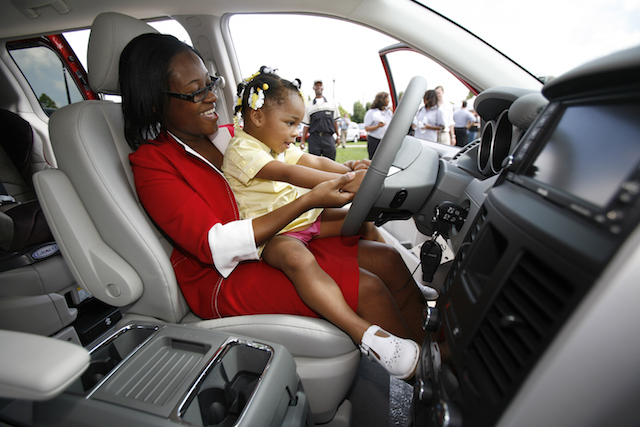

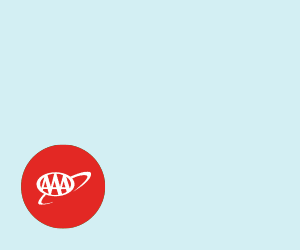

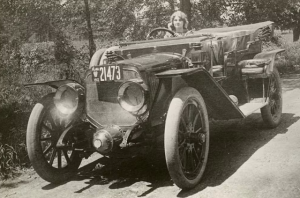
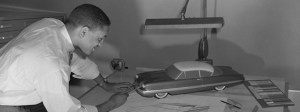








Wish you had explained how the Klaxon horn works
My father had a 1956 Chrysler New Yorker, a tank of a car, and it had the best and loudest car horn I have ever heard. To some extent, It resembled an air horn on a diesel locomotive. When visiting relatives in New Brunswick, Canada one summer, a couple of them wanted to buy the horn because it sounded so great on country roads!
I had a 47 and 48 Chrysler Windsor which had trumpet horns which were tuned too blend with a nice tone,but they sure were loud.Sure wish I had them now.
In the past, automobiles had two horns, each set to play a different frequency, forming part of a dissonant chord. This made the horn sound quite effective. Today, it appears that new cars have only one horn which makes a pathetic “beep” sound. Ah, progress!
I remember in the 50’s that drivers would honk when they were about to pass a car on a two-lane highway, thereby giving the car ahead a “heads-up.” Think of the response one would get today…
I live the Cadillac horn…very distinctive and regal.
Did you know you can have your dealer install a double horn? Very powerful!
Very interesting article, but I’m surprised the author didn’t mention that horse-drawn coaches and carriages used them long before the automobile was invented! So having them on cars was a logical development, like many of the features of early automobiles such as mudguards, running boards, headlamps, et al.
The recent movie UNHINGED shows what can happen when horns are misused.